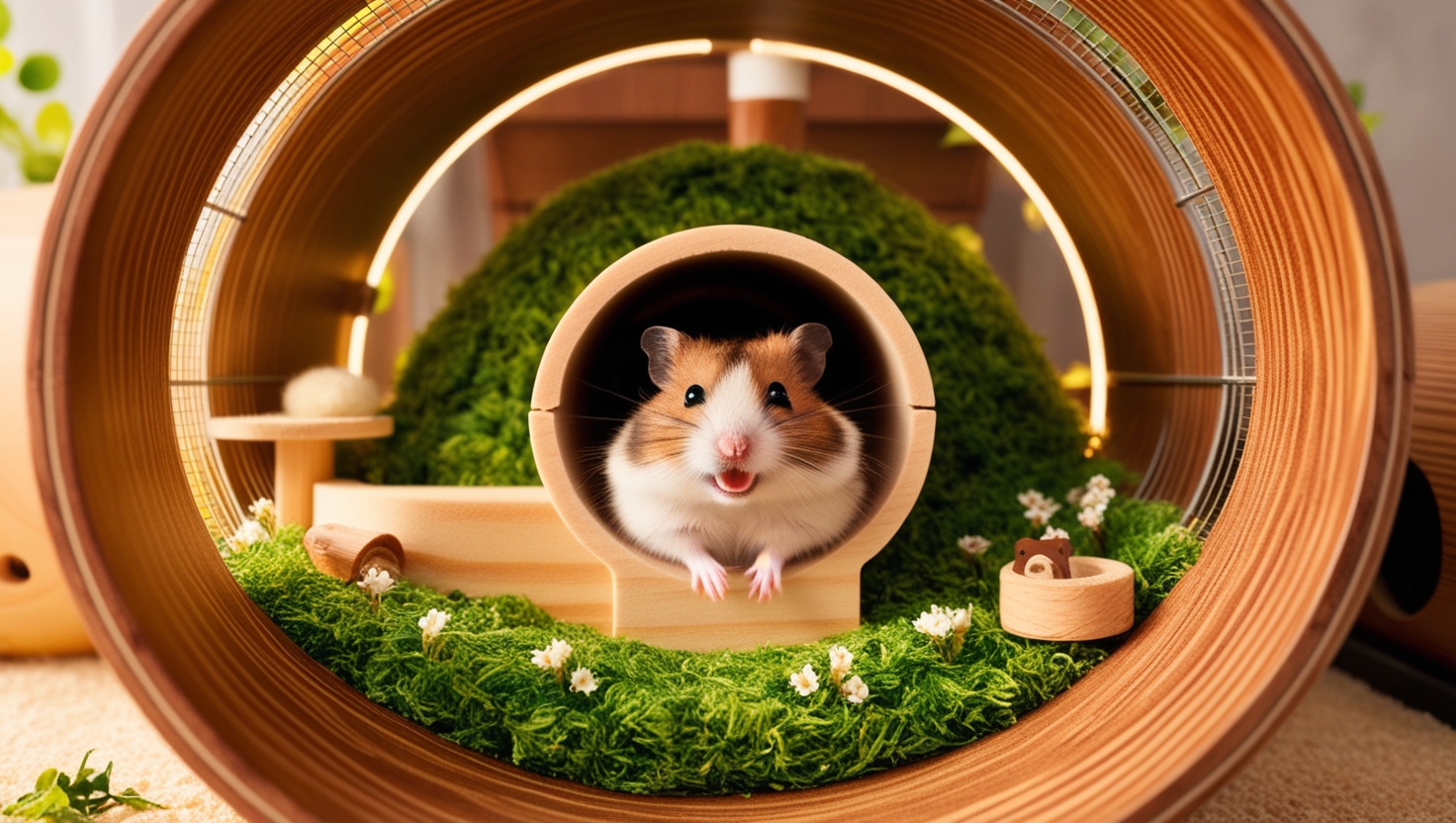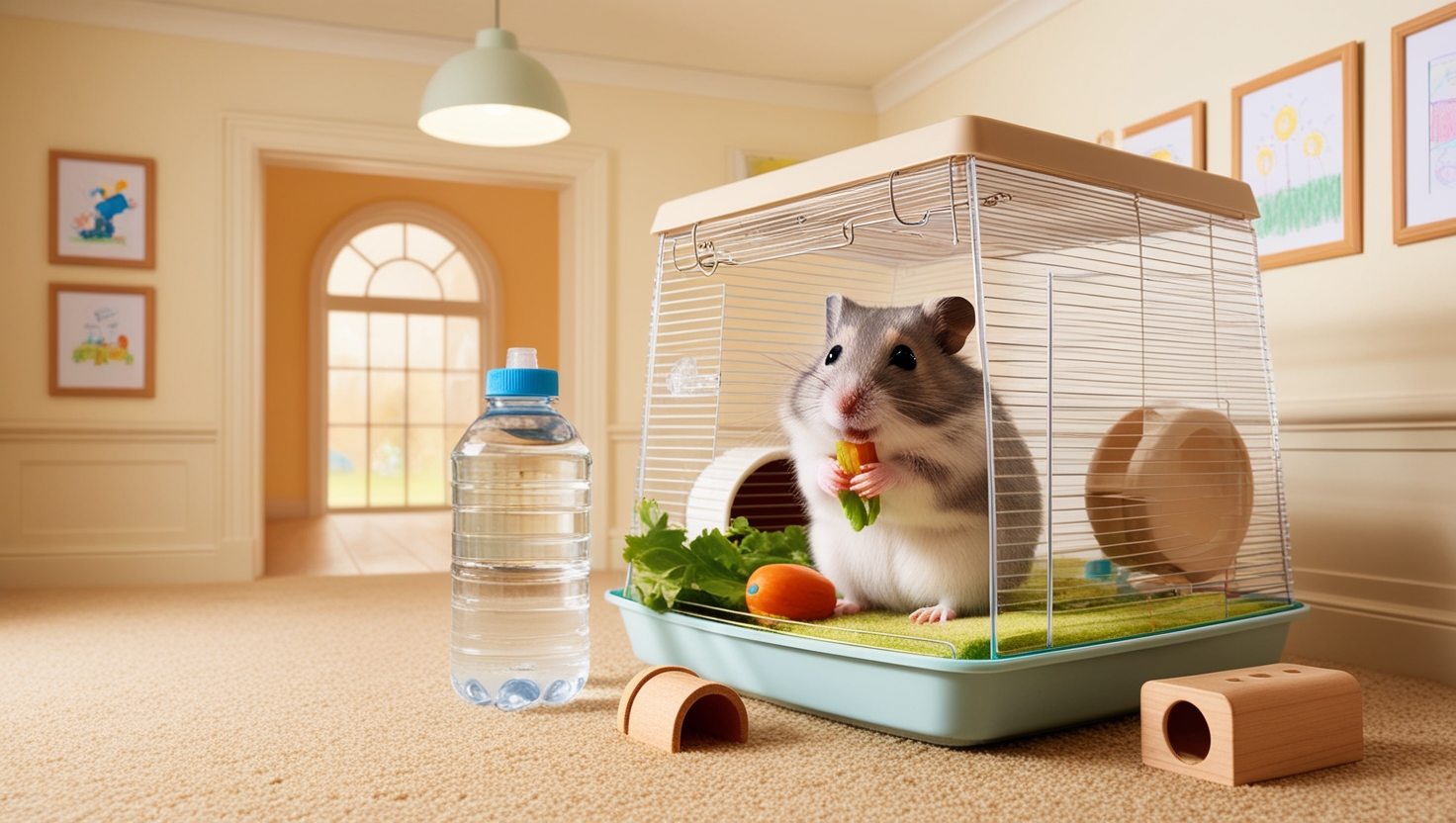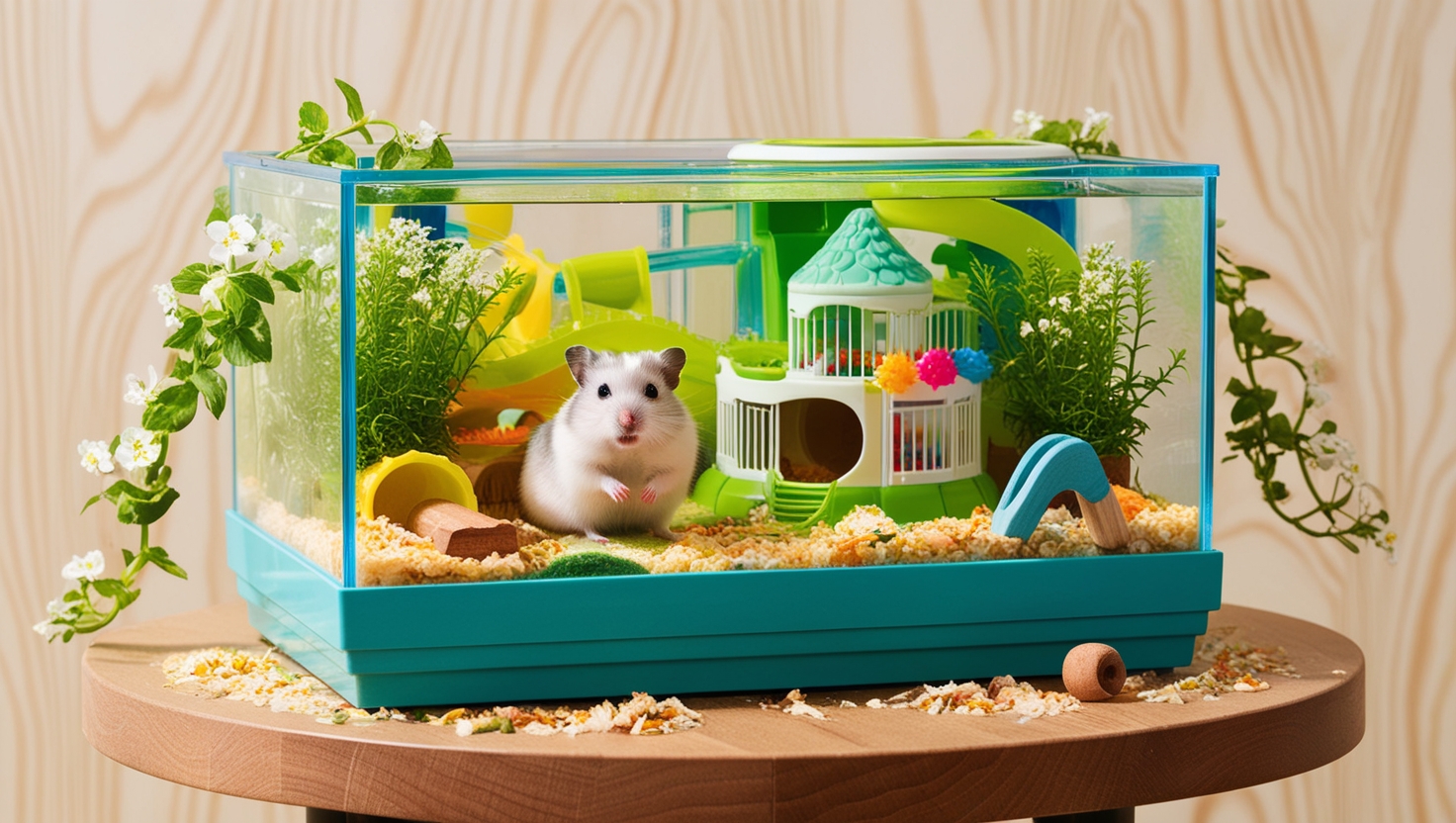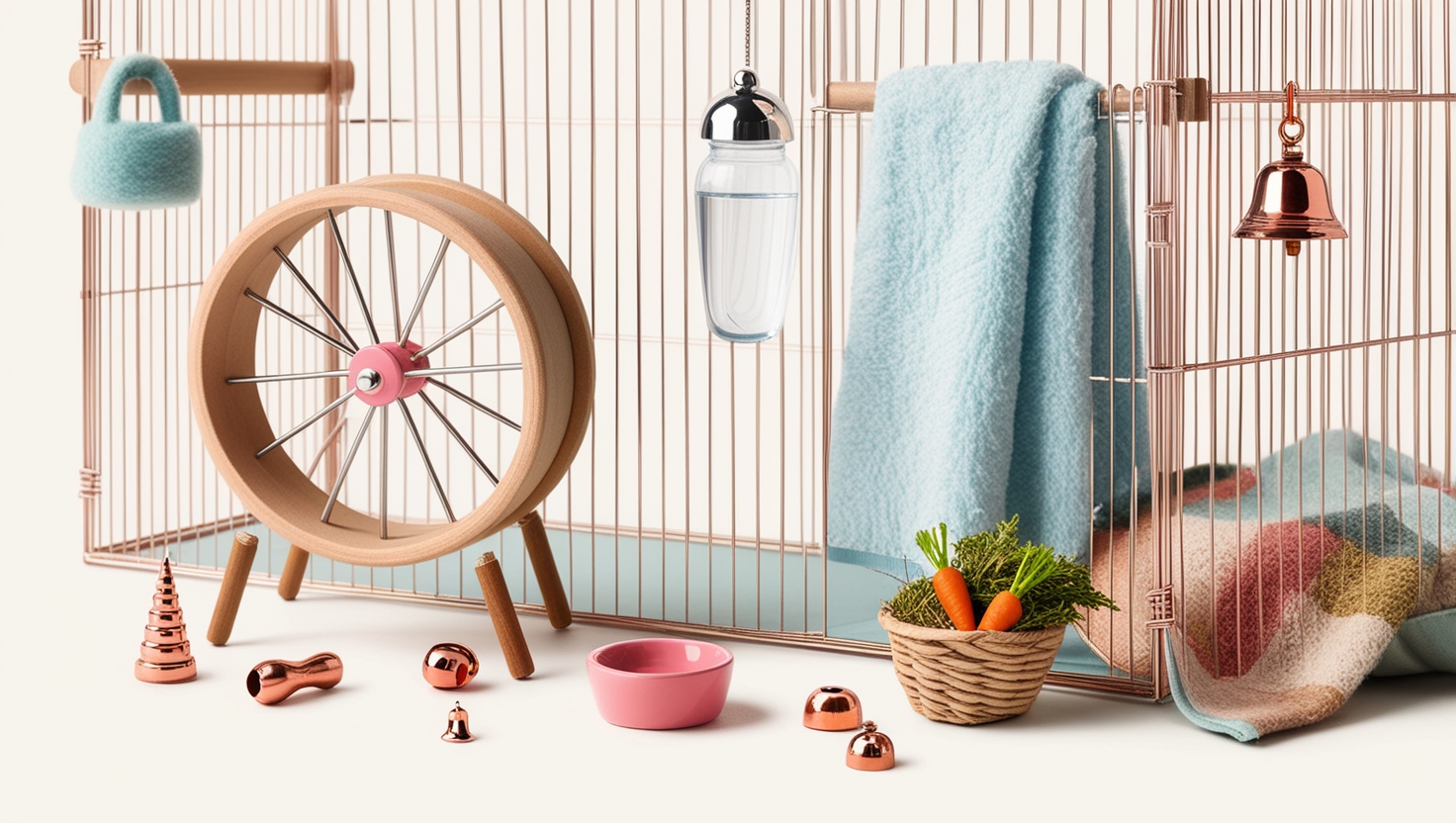Bringing home a new hamster is always exciting! You’ve probably spent hours researching the perfect hamster cage, food, and toys. But there’s one crucial aspect of hamster care that many new owners overlook: temperature.
Just like us, hamsters have an ideal temperature range where they thrive. As a seasoned hamster parent and advocate for these adorable creatures, I’m here to guide you on keeping your hamster warm, happy, and healthy.
Why is Temperature so Important for Hamsters?
To understand why temperature matters so much, we need to look at their ancestors. Wild hamsters are native to arid regions and have evolved to survive in fluctuating temperatures. They build intricate burrows underground, where the temperature remains relatively stable.
“These burrows aren’t just a shelter; they’re a temperature control system,” explains Dr. Lisa Morgan, a veterinarian specializing in small animal care. “The depth and insulating materials hamsters use help them stay cool during scorching days and warm during chilly desert nights.”
Domesticated hamsters have retained this need for a specific temperature range, ideally between 65°F to 75°F (18°C to 24°C). Temperatures below this can disrupt their body functions, leading to health issues and even attempts at hibernation, which can be dangerous for pet hamsters.
Recognizing the Signs of a Chilled Hamster
Hamsters are experts at masking their discomfort, but a few telltale signs indicate your little buddy might be feeling cold:
- Lethargy and Decreased Activity: If your typically energetic hamster seems unusually sluggish and spends more time huddled in their nesting material, they might be cold.
- Cold Paws and Ears: Gently touch their paws and ears. If they feel significantly cooler than usual, it’s a sign they’re struggling to maintain their body temperature.
- Shivering: Just like us, hamsters shiver when cold. If you notice your hamster shivering, it’s a clear indication they need a warmer environment.
Practical Tips to Keep Your Hamster Warm
Now that you understand the importance of temperature control let’s explore some practical ways to create a cozy haven for your furry friend:
1. Invest in a Space Heater
If your home tends to be on the cooler side, particularly during the winter months, a space heater can be a lifesaver.
“I always recommend a space heater with adjustable settings and safety features like automatic shut-off,” says Dr. Morgan. “Place it a safe distance away from the cage to avoid overheating.”
2. Consider a Heated Pad
A small animal heated pad, specifically designed for hamsters and other small pets, provides gentle warmth. Look for pads with adjustable temperature settings and ensure they don’t cover the entire cage floor, allowing your hamster to move to a cooler area if needed.
3. Location is Key: Choose a Smaller Room
Heating a smaller room is more efficient than heating a large one. If possible, move your hamster’s cage to a smaller, well-ventilated room during colder months. Make sure to avoid placing the cage near drafts or vents.
4. Provide Ample Bedding Material
Imagine snuggling up in a warm blanket on a chilly night – that’s what ample bedding feels like for your hamster! Provide a thick layer of soft, dust-free bedding material like shredded paper, aspen shavings, or carefresh. Avoid cedar or pine shavings, as they can release harmful oils.
5. Encourage Nesting Instincts
Hamsters are natural nesters, and providing them with extra nesting material allows them to create a warm and secure hideaway. Offer soft materials like shredded tissues, toilet paper rolls (without the cardboard tube), or commercially available hamster nesting materials.
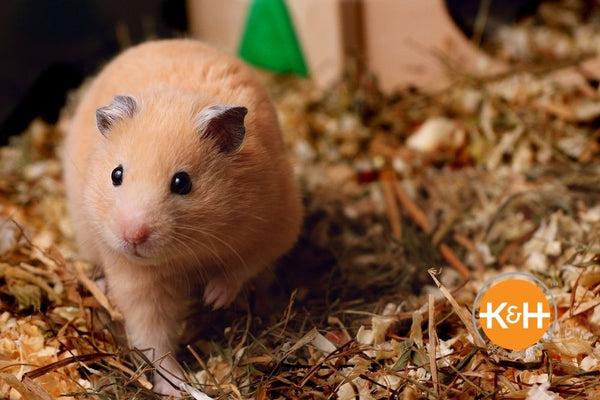 Providing the ideal air temperature is an important part of keeping your hamster warm.
Providing the ideal air temperature is an important part of keeping your hamster warm.
A Word of Caution: Avoiding Overheating
While keeping your hamster warm is crucial, overheating can be just as dangerous. Avoid placing their cage in direct sunlight or too close to heat sources.
Remember, a comfortable and appropriately heated hamster is a happy and active hamster. By following these tips and monitoring your hamster’s behavior, you can ensure they stay warm, cozy, and thriving throughout the year.



